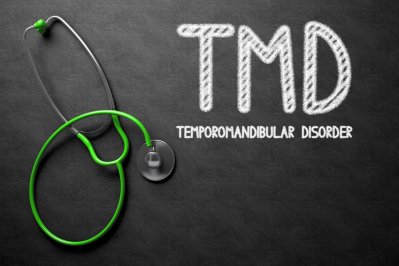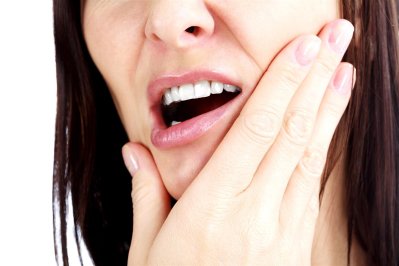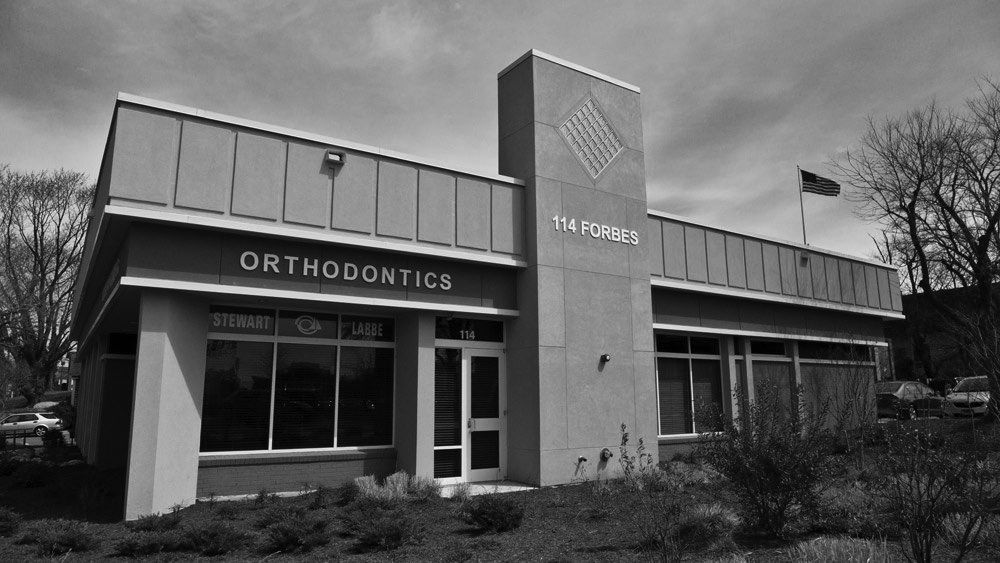Many people across the country visit their local orthodontist complaining of jaw pain, stiffness, and trouble opening their mouths. Here at our Maryland family orthodontic practice , we see it all the time. People often refer to it as “TMJ.”
In reality, it’s not one problem, but many different conditions. Collectively called temporomandibular joint and muscle disorders (TMJD), or simply temporomandibular disorders (TMD), these afflictions of the jaw and face can range from mildly annoying to seriously disruptive.
But What Is It?
The temporomandibular joints connect your lower jaw (the mandible) to the bone that’s located at the side of your head (the temporal bone). Together with your muscles, ligaments, and discs they help you open and close your mouth. Every time you speak, eat, or yawn, you’re using the TM joints.
TMJD or TMD occurs when the joints or surrounding structures fail to work properly. The result can range from jaw or facial pain to a “catching” or popping feeling, to limited range of motion and even locking of the jaw.
Who’s at Risk?
The National Institute of Health reports that between five and 10 percent of the population suffers from temporomandibular joint and muscle disorder. All told, the condition may affect up to 10 million Americans .
That being said, it doesn’t affect the population equally. According to the available statistics, women are more likely (up to two times more likely) to suffer from TMD than men. It’s also more common among younger people (those between the ages of 20 and 40).
What Causes TMD or TMJ?
As of yet, no one knows what causes jaw pain and dysfunction. Any number of underlying conditions may be responsible. These include:
- Displaced discs
- Dislocated jaw
- Arthritis
- Grinding or clenching teeth
- Stress that leads to muscle tightness
- Injury to the jaw, head, or neck
Although many people believe braces contribute to TMD, that’s most likely a myth. The truth is that no one knows the root cause. Since women tend to experience jaw and facial pain at a higher rate than men, researchers have even suggested that hormones might play a role.
What Are the Symptoms?

TMJ often causes:
- Pain or discomfort in the face, jaw, and/or neck
- Stiffness in the muscles of the jaw
- Locking of the jaws
- Limited motion in the jaw
- Painful popping or clicking when opening the mouth
- Bite misalignments
- Painful or difficult chewing
- Facial swelling
- Headaches, neck aches, or toothaches
- Earaches or hearing loss
- Dizziness
How Do You Know if You Have TMD?
Your orthodontist will examine your TM joints and ask you if you’re experiencing any pain or tenderness in the area. Then he’ll test your jaw to see the range of motion and to listen for any locking or popping noises. Finally, your bite will be examined. In some cases, the orthodontist may order panoramic x-rays in order to uncover the root of the problem.
What Treatments Are Recommended?
In many cases, the problem disappears on its own after a short period of time. Others experience persistent pain and difficulty. Unfortunately, the temporomandibular joints are the most complicated joints in your body. They both hinge and slide. In addition, they’re made up of unique tissues. Combine that with the unknown origin of TMJ, and deciding on a course of treatment can be difficult.
To prevent any further damage, most doctors opt for a conservative approach. They often advise people to:
- Eat soft foods
- Apply ice packs
- Reduce stress
- Avoid large jaw movements
- Practice jaw exercises
Where Should You Go for Diagnosis and Treatment?
Whenever you’re dealing with a condition like TMJ, you should seek out the best orthodontist in your area. If you live in Maryland, be sure to visit Labbe Family Orthodontics . With offices in Annapolis, Crofton/Gambrills, Bowie, and Greenbelt, it’s easy to find an orthodontist near you. Give us a call to schedule an appointment, because life is better with a pain-free smile!
Sources





